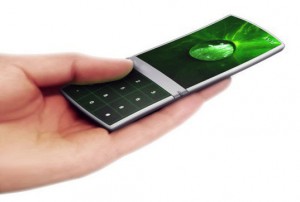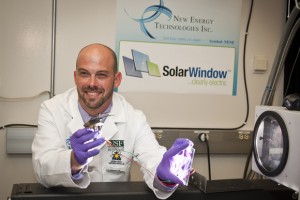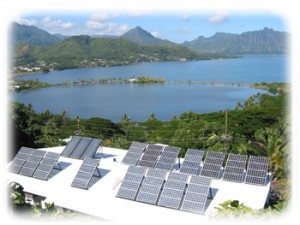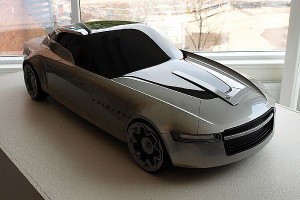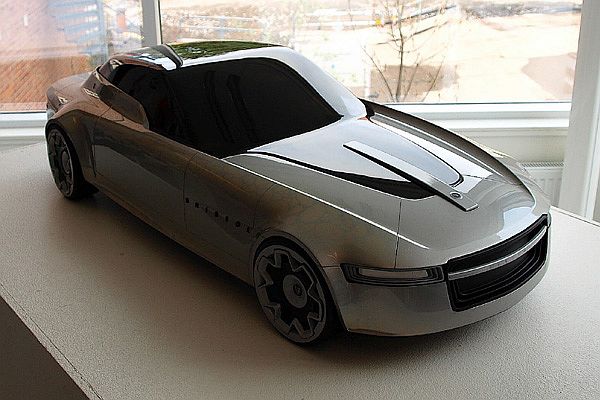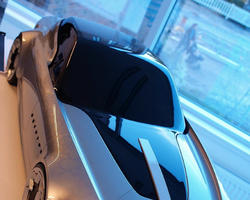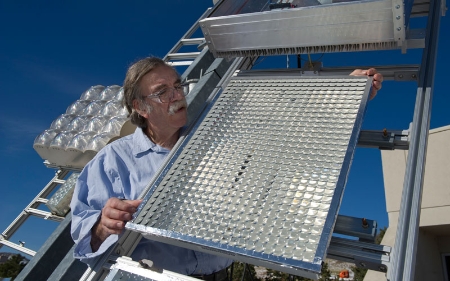
How small can a solar cell be and still be a powerhouse? How about six hundred microns wide — about the diameter of a dot made by a ballpoint pen? The U.S. Department of Energy’s National Renewable Energy Laboratory recently validated greater than 41 percent efficiency at a concentration of 1,000 suns for tiny cells made by Semprius — one of the highest efficiencies recorded at this concentration. The energy conversion efficiency of a solar cell is the percentage of sunlight converted by the cell into electricity.
Seed money from DOE, together with the experts at the NREL-based SunShot Incubator Program, lifted Semprius from a small electronics start-up with a novel idea to a real difference-maker in the solar cell world.
 Follow
Follow